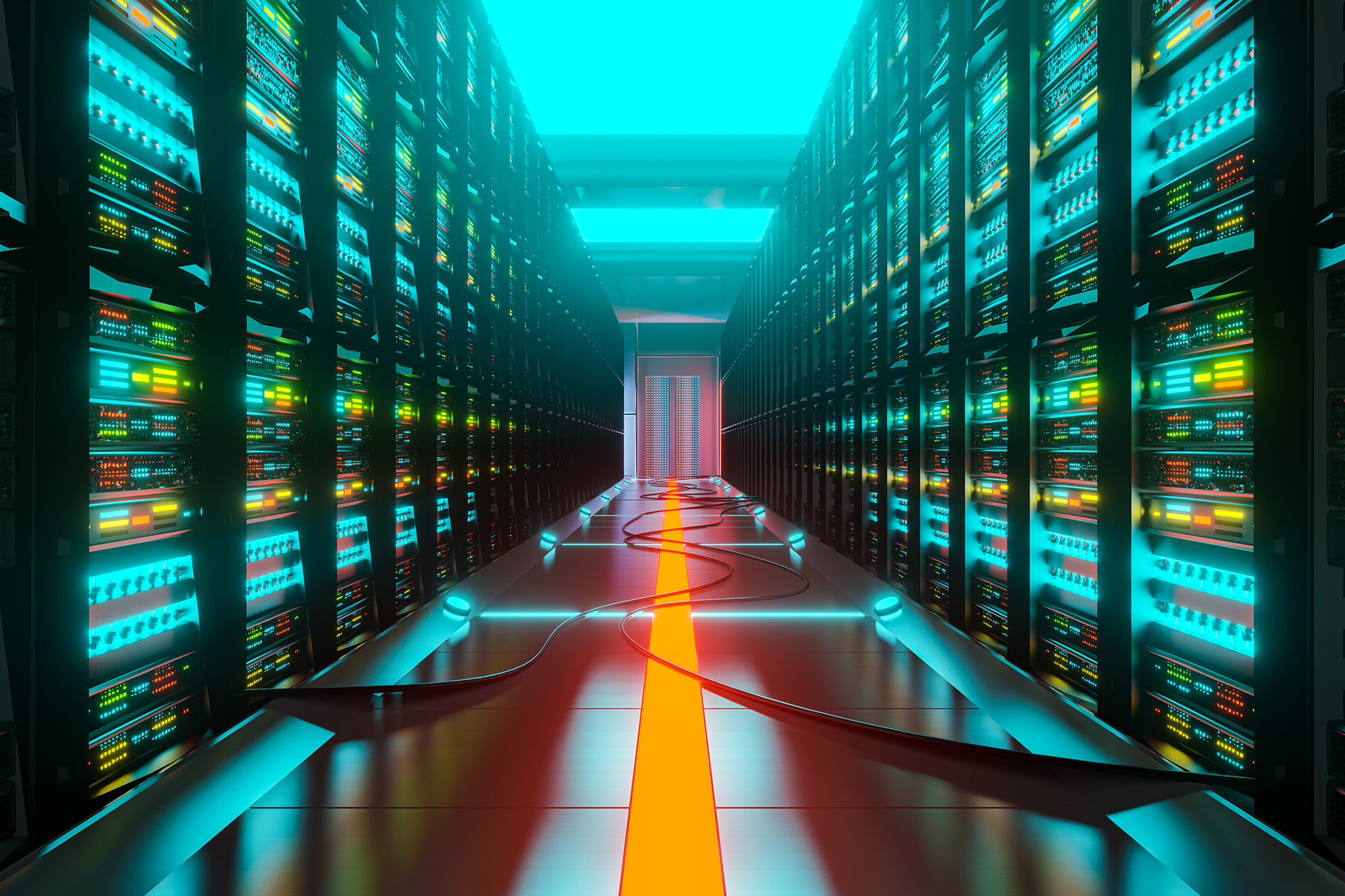The Goldilocks principle and Cloud Computing technology

The Goldilocks principle and Cloud Computing technology
February 7, 2024
In the fairy tale “Goldilocks and the Three Bears”, written in 1837 by Robert Southey, little Goldilocks found the home of a family of three Bears. As told in this story, the girl has tried three furniture or food options to find which would be “just right” for her.
Goldilocks’ incessant search for the option that best suited them inspired professionals from various areas to look for solutions tailored to the projects they were developing and the company where they worked. The IT area is no different and the Goldilocks principle has started to have an impact on the way software is developed and even how Cloud Computing technology is used. This principle serves to find the “just right” and most appropriate solution, even if it is not the most complex, most expensive solution, or one with the most storage space, for example.
Table of contents
The Goldilocks principle – Concept and applications
Goldilocks principle and Cloud Computing
The Goldilocks Principle – Concept and Applications
Just as Goldilocks tried to find the option that was “just right” for her and was not enchanted by extremes, the Goldilocks principle is a concept that suggests that we try to find the solution that is most balanced concerning the needs of a project or a company, regardless of the area.
In fact, this principle applies to areas as wide as psychology, biology, astronomy, economics and, of course, engineering and IT. In the area of engineering and information technologies, the Goldilocks principle is applied to find the most balanced level of interactivity, complexity, structure and even abstraction.
Examples of applying the Goldilocks principle
In the areas of engineering and IT, the Goldilocks principle can be applied to adjust abstraction in programming, pricing strategies, and content creation, among others. In addition to these, the following stand out:
- Object-oriented programming – This concept is applied to find balance in the level of abstraction and adjust the details and complexity in a given software. It may involve balancing standards in the design or the interface itself.
- Software deployment – The Goldilocks principle involves finding and implementing the best solution to develop a product with tools that are not too complex or too limited in terms of functionality.
- Cloud computing – The concept applies to choosing a data storage option that best fits the company’s needs and does not compromise its performance.
The Goldilocks Principle and Cloud Computing
When we talk about Cloud Computing, we know a priori that it is a technology that brings countless benefits for companies, but also countless options for cloud development and data storage. For businesses to optimize their performance, they must choose the best option for the company, the teams, and the projects they have in hand.
This is where the Goldilocks principle comes into play. Among all the cloud computing options that companies can have access to, it is necessary to choose the one that best suits and adds value to their performance.
Cloud development options include public, private, hybrid, multiple cloud, on-premises, off-premises, and serverless, among others. Finding the ideal option for a given business depends, in turn, on several factors.
By applying the Goldilocks principle, it will put into perspective factors such as:
- Complexity.
- Data management.
- Security.
- Performance level.
Taking these conditions into account, the Goldilocks concept is normally linked to the hybrid cloud. This option offers intermediate performance between a public and private cloud, taking advantage of the best of each. It is, therefore, considered the option that is “just right” for multiple companies.
In addition to cloud computing, the Goldilocks principle can be applied when choosing a data storage and management option, to choose the modality that is easiest to use, has the best performance, and whose costs are most appropriate to the budget.
Applying the Goldilocks principle to Cloud management
In addition to applying this principle to choosing the type of cloud that will be “just right” for monitoring a company and its teams, it can also be applied to its management. Among the ways to do this, the following stand out:
- Application storage – It is possible to apply the Goldilocks concept to make decisions about which applications to migrate to the cloud, as not all are compatible. Before doing so, it is common to evaluate factors such as scalability, performance, and costs, to migrate only the ideal applications.
- Security and flexibility – The Goldilocks principle is applied here to find the balance between these two aspects. In other words, the data is no longer protected while the cloud continues to be efficient.
- Permissions management – When a company needs to find the balance between technical control and simplicity, the Goldilocks principle can drive an access management decision that is neither too permissive nor restrictive.
Conclusion
As a concept, the Goldilocks principle is based on the premise of the fairy tale “Goldilocks and the Three Bears”, in which the intermediate option is always the one that is “just right” to the main character’s tastes.
Taking this premise, the principle can be applied in different areas of work as a way of finding solutions that fit the needs of companies and teams. IT and engineering are some of the areas that make the most use of this concept to find the ideal option, especially concerning cloud computing technology.
In this area of IT, the Goldilocks principle makes one look at all the factors that go into computing or data storage options so that the best choice can be made taking into account the needs of the company, the teams and the projects they have in hands.